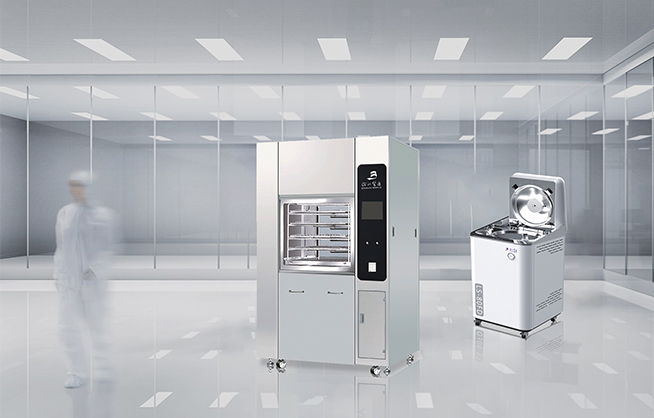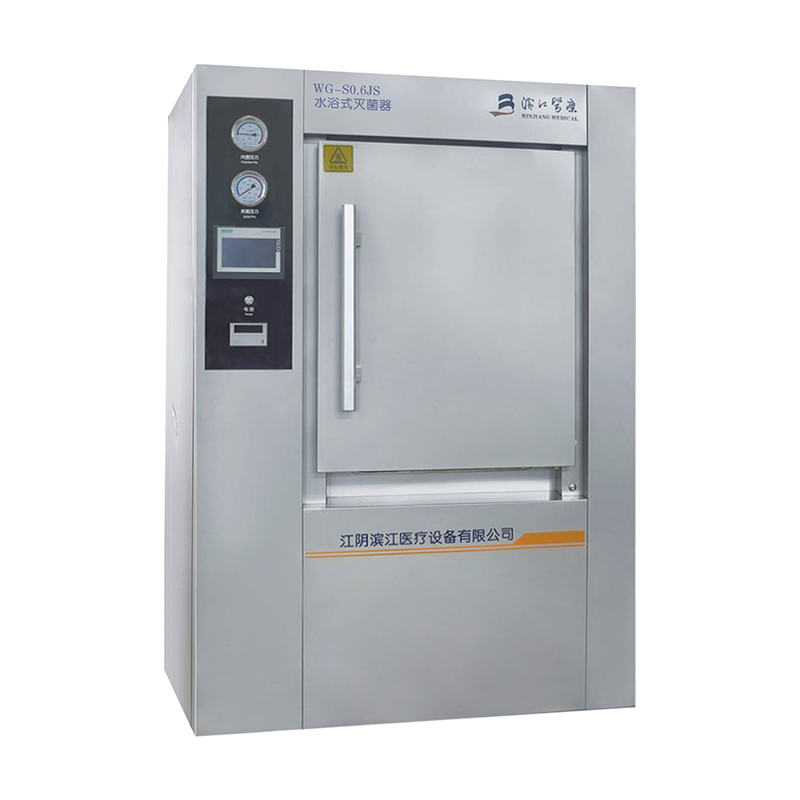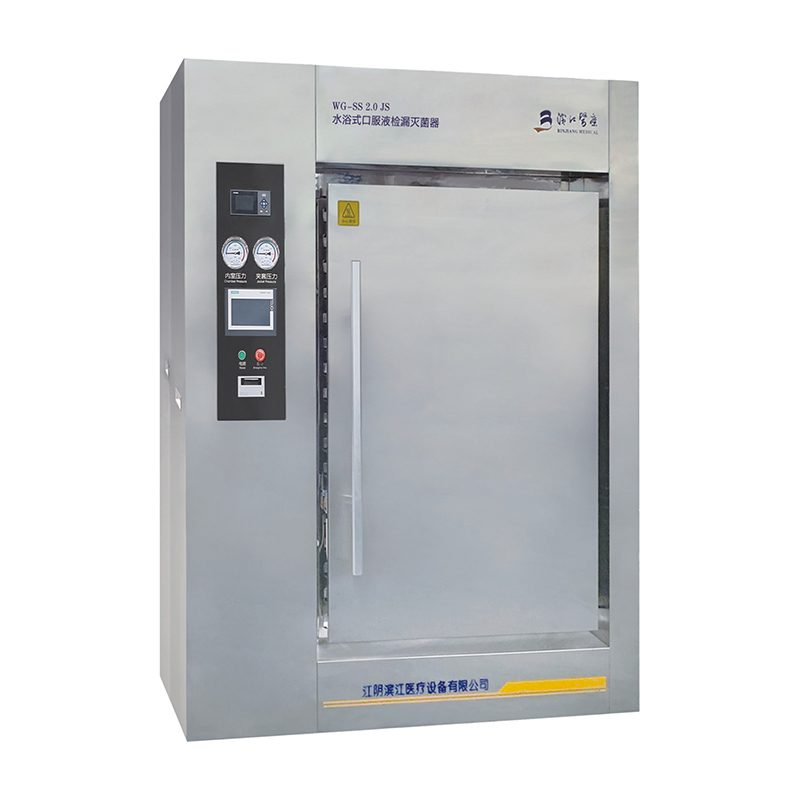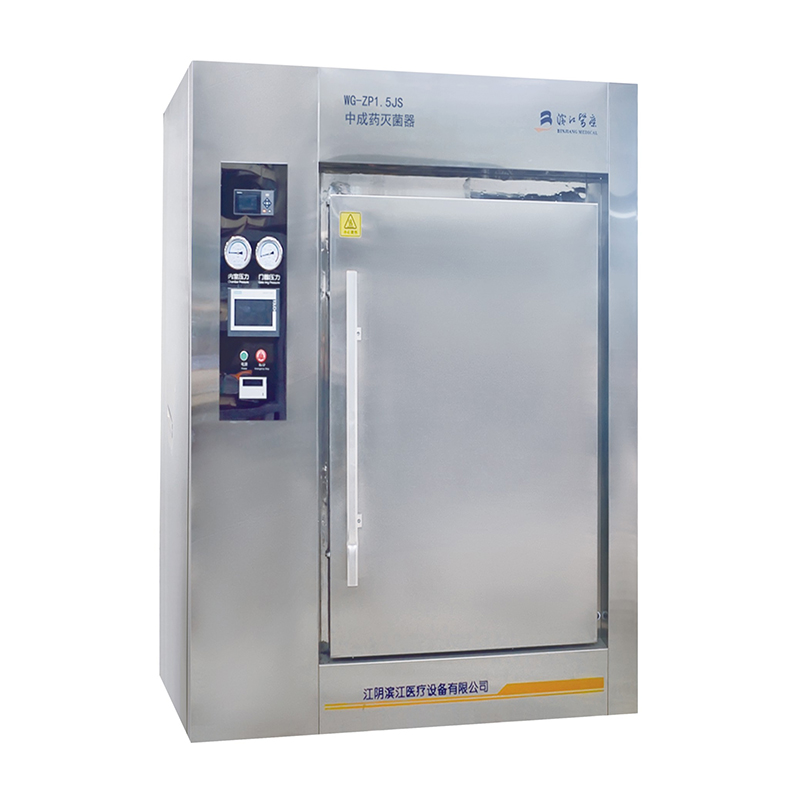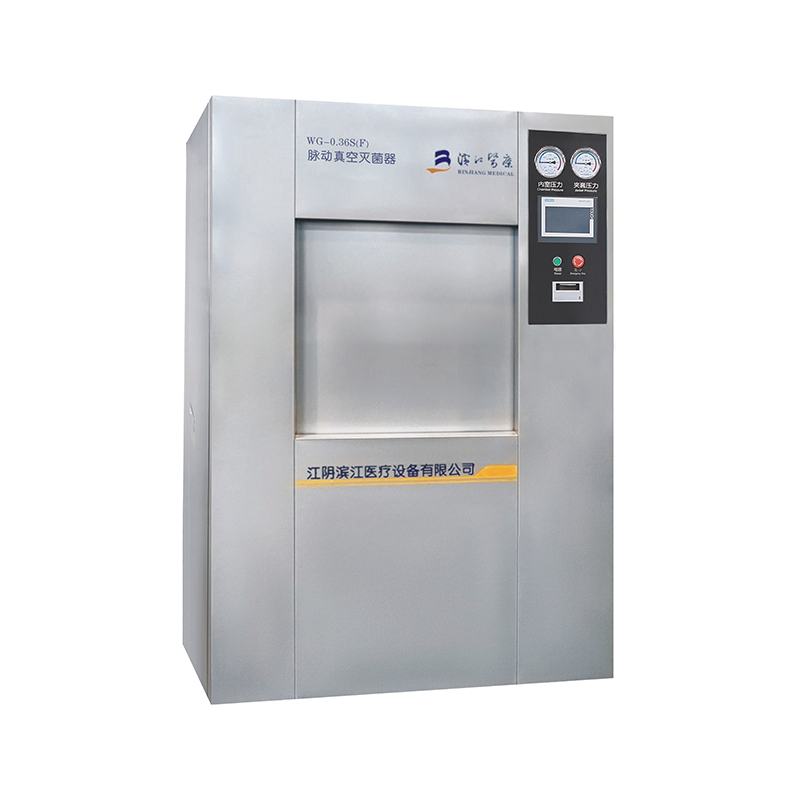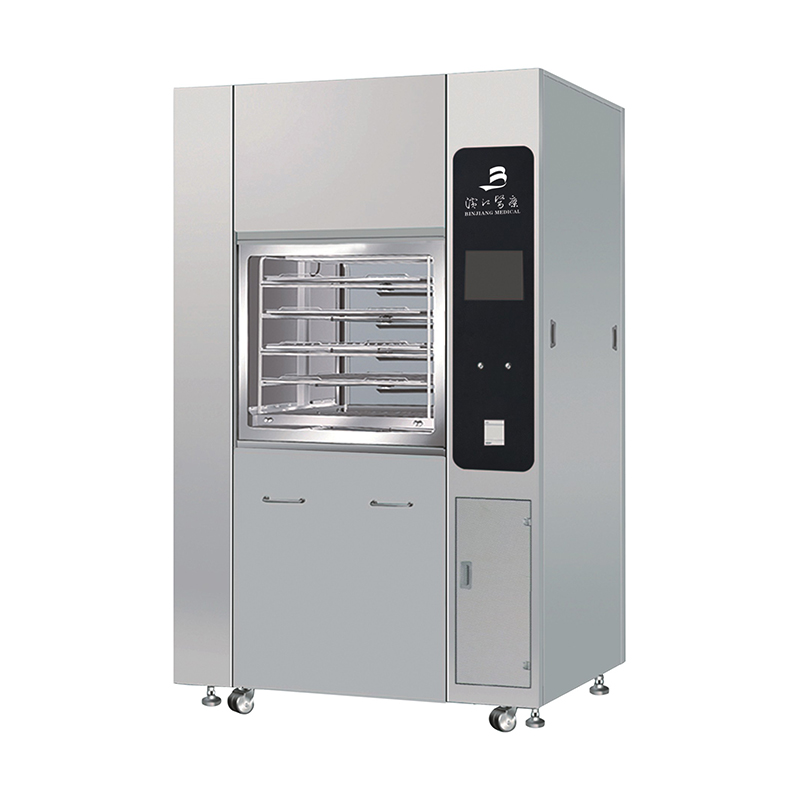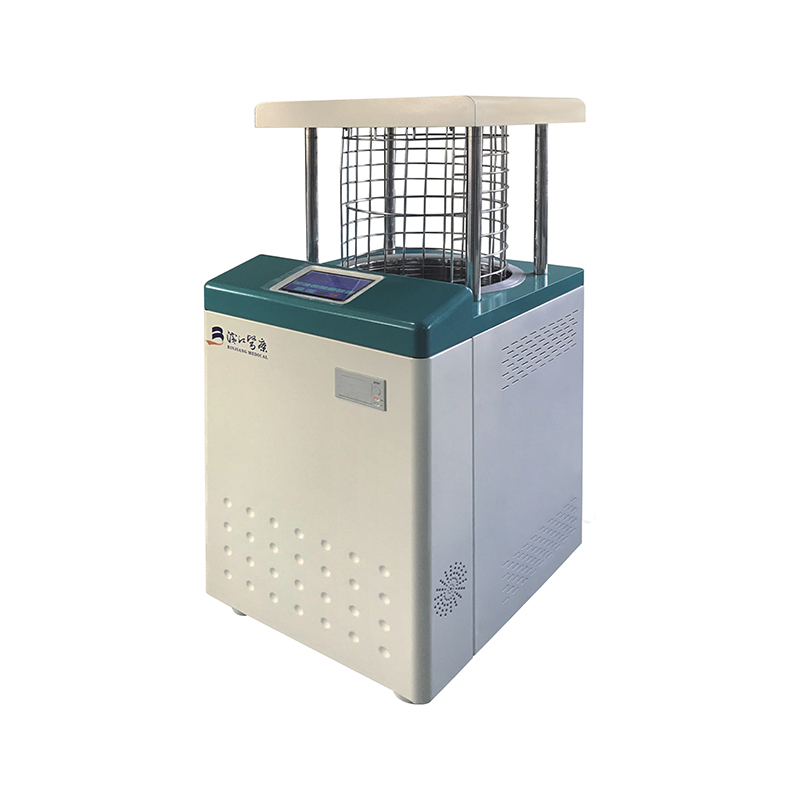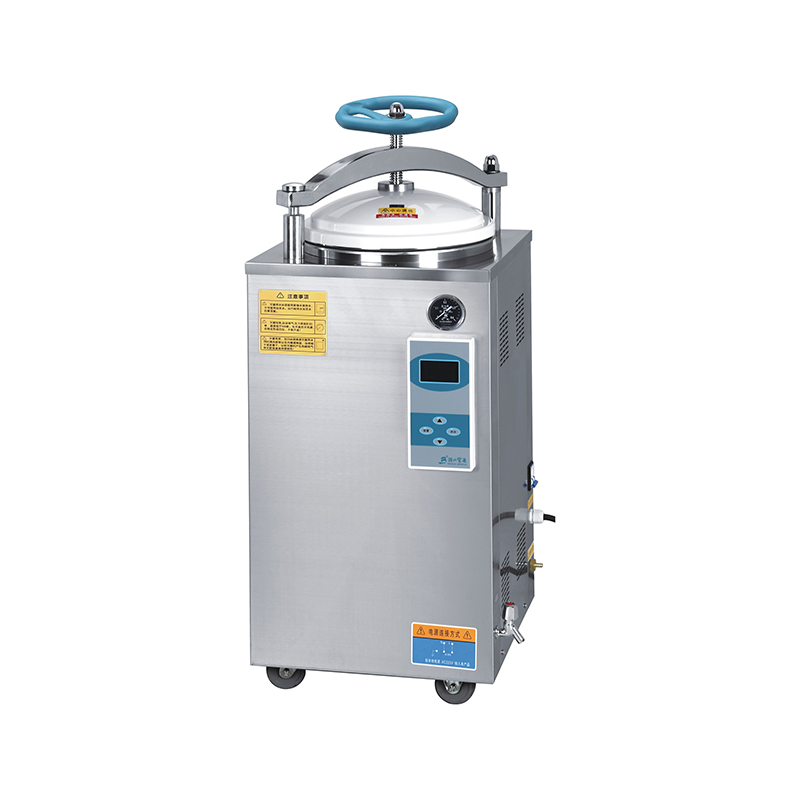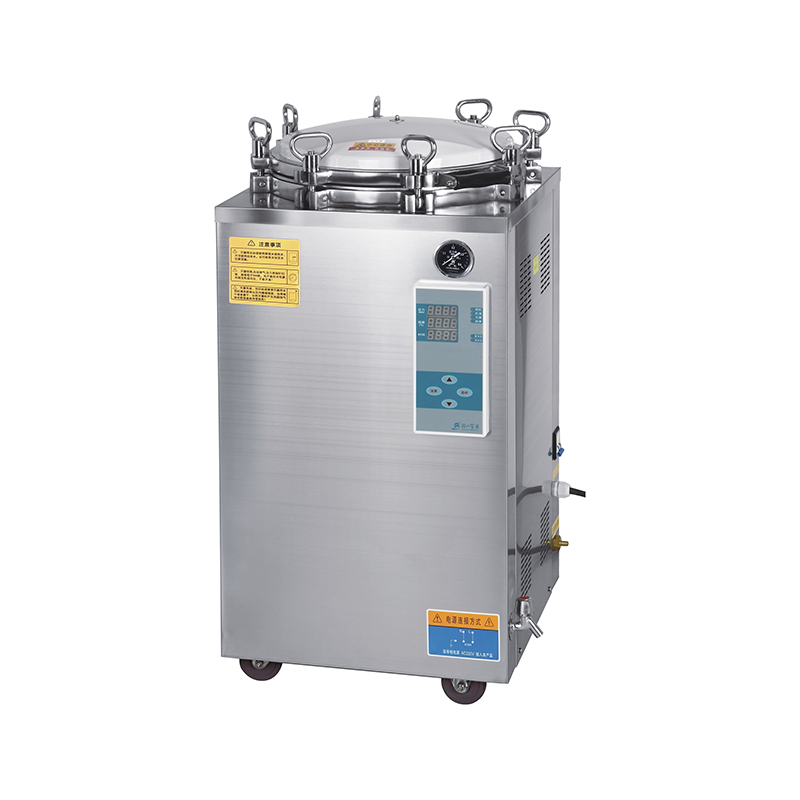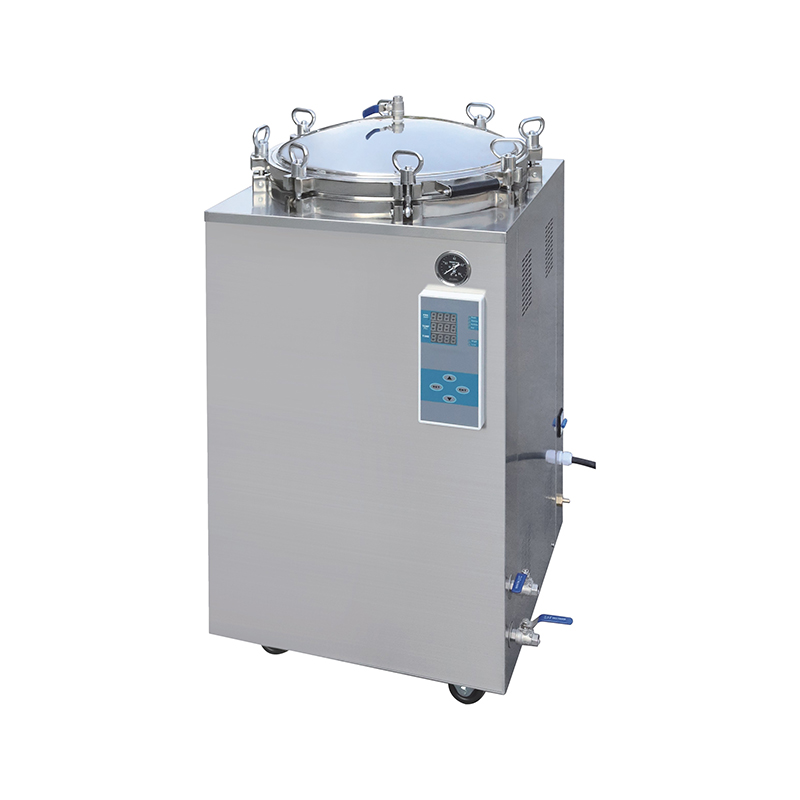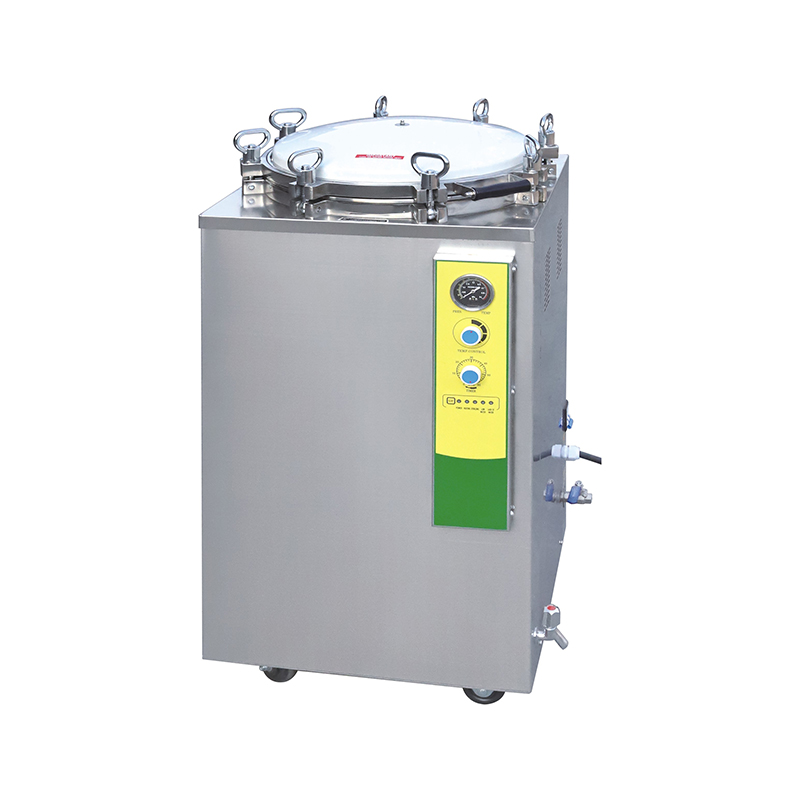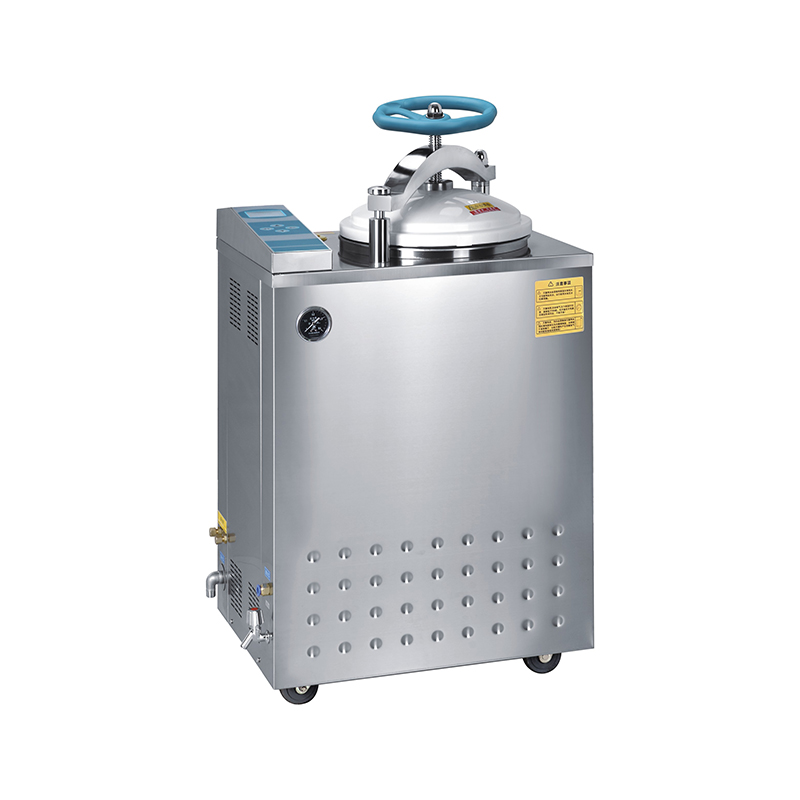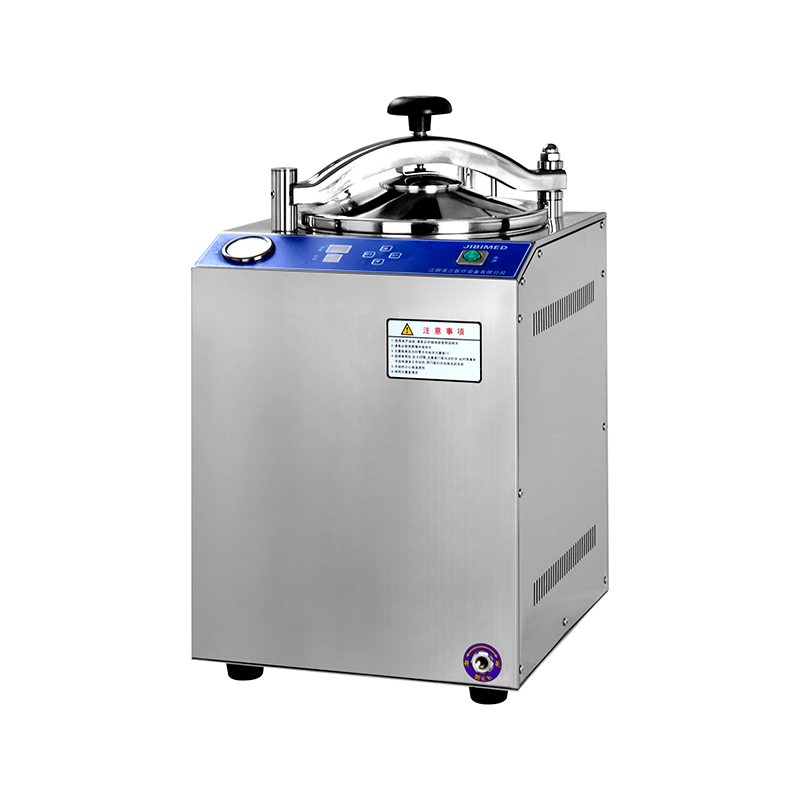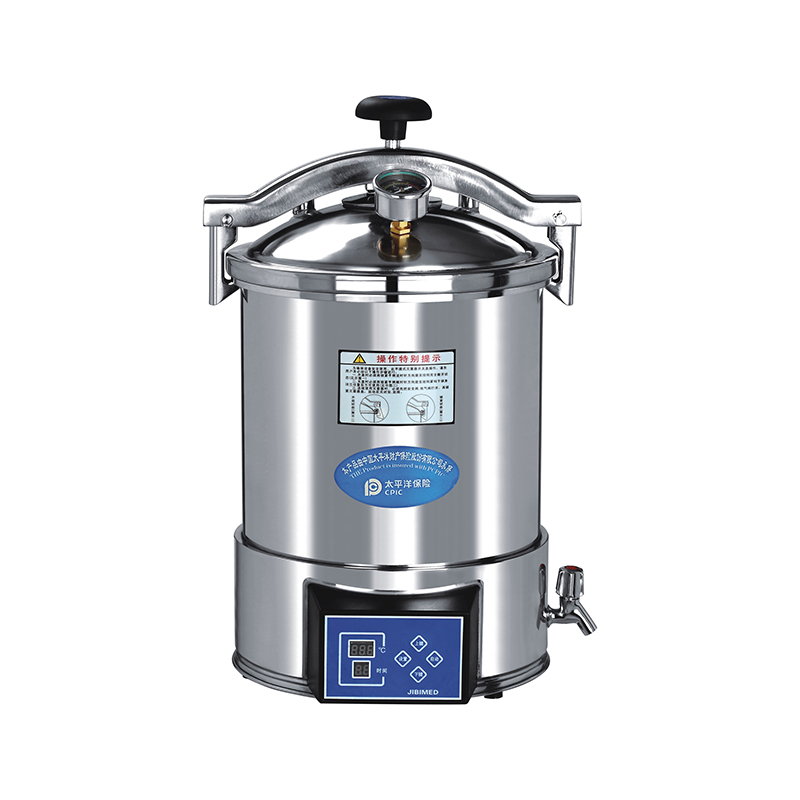Product Search
Exit Menu

How does a table top steam sterilizer ensure sterilization effect?
Posted by Admin | 04 Jul
Tabletop steam sterilizers ensure effective sterilization through a series of designs and operational procedures. The following are the key aspects to ensure sterilization effectiveness:
The Role of High-Temperature High-Pressure Steam
Steam Characteristics: Steam sterilizers use high-temperature, high-pressure saturated steam for sterilization. The high temperature of the steam can destroy the cell structures of microorganisms, including the cell membrane, cell wall, and nucleic acids, thus achieving sterilization.
Temperature and Pressure: During sterilization, the steam sterilizer maintains a certain temperature and pressure to ensure the steam has enough energy to kill microorganisms. These parameters are typically set according to the nature of the items being sterilized and the sterilization requirements.
Design of Sterilization Procedures
Preheating Stage: Before the sterilization process begins, the steam sterilizer preheats to ensure the chamber reaches the required temperature.
Sterilization Stage: During the sterilization stage, steam fills the entire sterilization chamber and thoroughly contacts the items being sterilized. The sterilization time is set based on the nature of the items and the sterilization requirements to ensure all microorganisms are effectively killed.
Exhaust and Drying Stage: After sterilization, the steam sterilizer exhausts and dries to remove steam and condensate from the sterilization chamber. This is to prevent items from being contaminated again when taken out.
Equipment Performance and Quality Control
Material and Craftsmanship: Steam sterilizers are made from high-quality materials and advanced craftsmanship to ensure good sealing, high-temperature resistance, and corrosion resistance. These characteristics help maintain stable temperature and pressure in the sterilization chamber, thereby improving the sterilization effect.
Monitoring and Control System: Modern steam sterilizers are usually equipped with advanced monitoring and control systems, such as temperature sensors, pressure sensors, and timers. These systems can monitor temperature, pressure, and time parameters in real-time during the sterilization process and make adjustments and controls according to the set values to ensure the sterilization effect meets the requirements.
Safety Interlock Mechanisms: To prevent operational errors and equipment failures from affecting the sterilization effect, steam sterilizers are also equipped with various safety interlock mechanisms. For example, if the sterilization chamber is not completely sealed or the pressure has not reached the set value, the device will not start the heating program; if any abnormal situation occurs during the sterilization process, the device will automatically shut down and issue an alarm.
Verification and Monitoring of Sterilization Effect
Process Monitoring: Monitoring is conducted using instruments like pressure gauges, thermometers, and timers installed on the sterilizer to ensure the sterilization equipment is working properly. This monitoring method can quickly point out faults in the sterilizer but cannot determine whether the items to be sterilized have met the sterilization requirements.
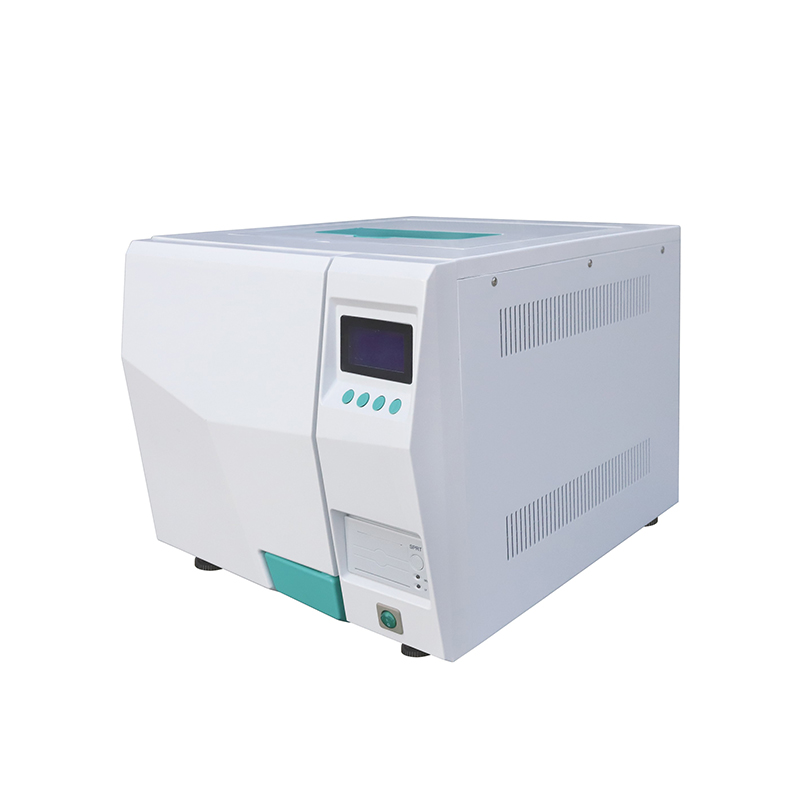
Chemical Indicator Monitoring: Chemical indicators are used to monitor the sterilization effect based on their characteristics of changing color or shape when heated under certain temperature and time conditions. This method can intuitively reflect the changes in temperature and time during the sterilization process but can only be used as an auxiliary means.
Biological Indicator Monitoring: Biological indicators using heat-resistant non-pathogenic bacterial spores are employed to monitor the sterilization effect. This method can directly reflect the survival status of microorganisms on sterilized items and is one of the most reliable methods for evaluating the sterilization effect.
Tabletop steam sterilizers ensure effective sterilization through the role of high-temperature high-pressure steam, the design of sterilization procedures, equipment performance and quality control, operational specifications and training, and the verification and monitoring of the sterilization effect. In practical use, operators should strictly adhere to operational specifications and regularly maintain and service the equipment to ensure its normal operation and the stability and reliability of the sterilization effect.
MAIL US
CONTACT US
+86-510-86296768
 Privacy
Privacy
The information provided on this website is intended for use only in countries and jurisdictions outside of the People's Republic of China.
 Wholesal Pressure Steam Sterilizer Manufacturers
Wholesal Pressure Steam Sterilizer Manufacturers
 Privacy
Privacy


 English
English русский
русский Français
Français Español
Español bahasa Indonesia
bahasa Indonesia Deutsch
Deutsch عربى
عربى 中文简体
中文简体
